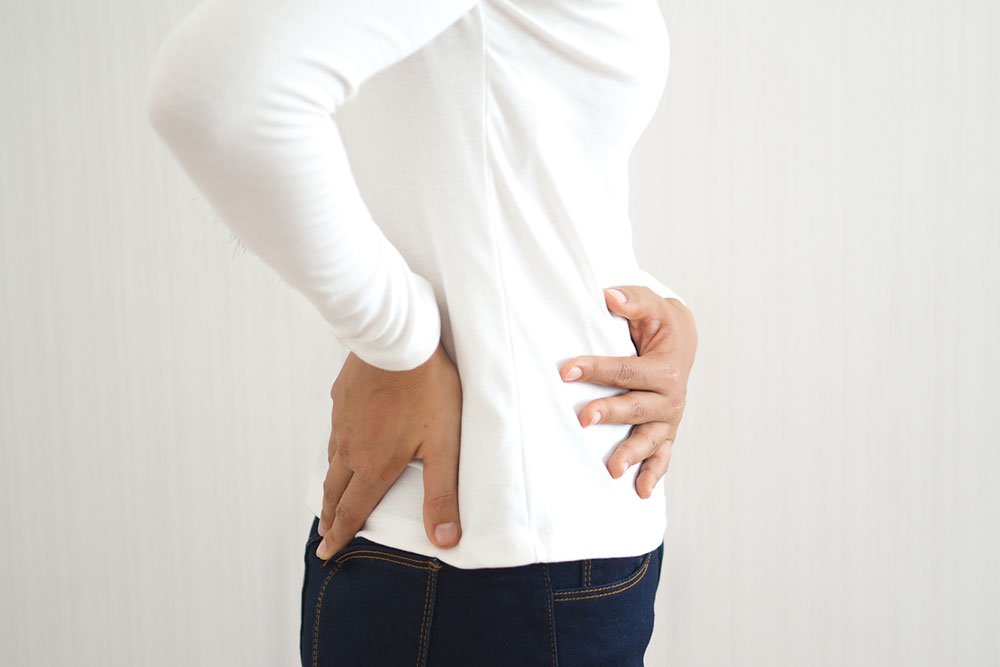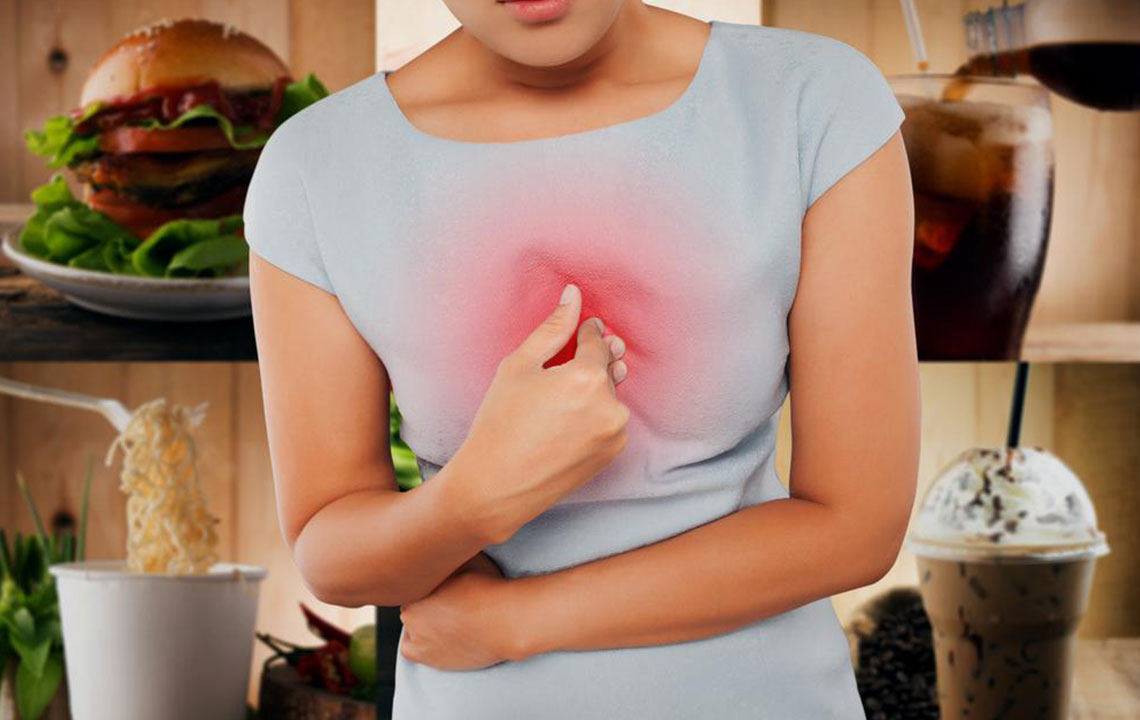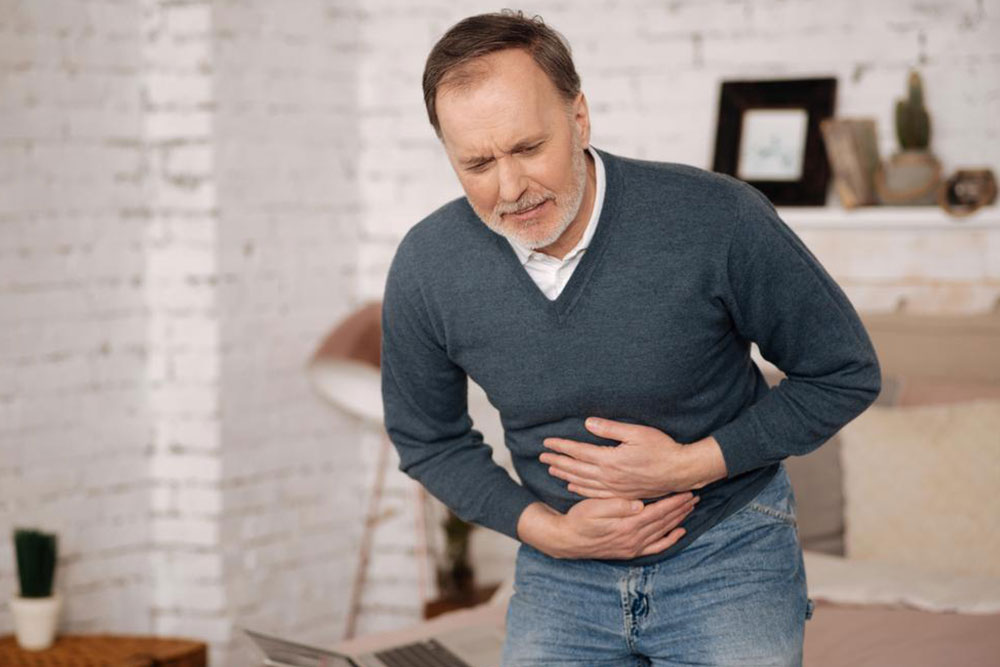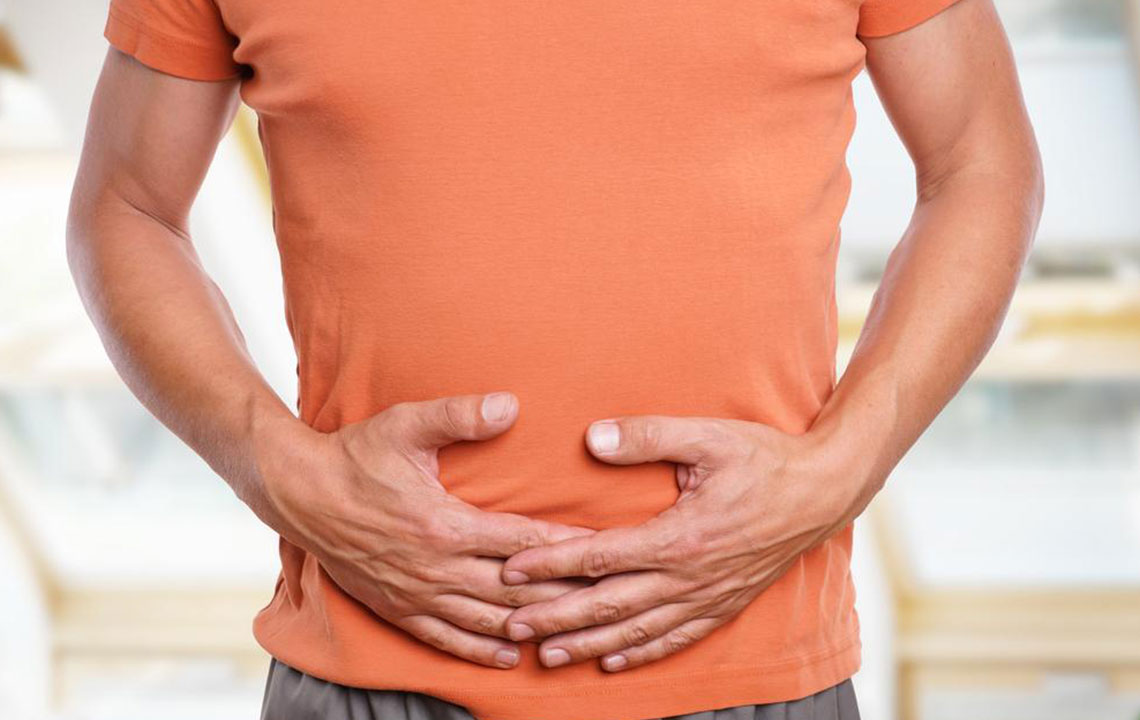Recognizing Early Indicators of Stomach Infections
This article highlights early warning signs of gastrointestinal infections, including diarrhea, vomiting, cramps, and changes in stool color. It provides practical advice on managing symptoms through hydration, rest, and gentle diets like BRAT. Recognizing these symptoms early can lead to timely medical intervention, speeding recovery and preventing complications. The guidance emphasizes avoiding irritating foods and staying hydrated, crucial during the immune system's fight against infection, ensuring a smoother healing process.
Sponsored

The digestive system, known as the gastrointestinal (GI) tract, plays a vital role in absorbing nutrients, removing waste, and secreting digestive enzymes. When infected, these functions can be disrupted, leading to serious health issues. GI infections can be caused by viruses, bacteria, or parasites, often due to contaminated food or contact with fecal matter. Early detection of symptoms is crucial for effective treatment and recovery.
Key symptoms of GI infections
Frequent diarrhea
One of the primary signs is sudden diarrhea, especially in bacterial infections. It typically lasts for a day or two. During this period, doctors recommend avoiding solid foods to ease recovery.
Constipation
While diarrhea is common, infections can sometimes cause constipation because inflamed stomach muscles hinder normal movement. Often, constipation follows diarrhea.
Stomach discomfort and cramps
Inflammation and irritation of the intestines due to infection can cause abdominal pain and cramping.
Low-grade fever
Viral stomach infections usually trigger mild to moderate fevers, not exceeding 102°F, as the immune system responds to the invading pathogen. It often subsides within a couple of days.
Muscle soreness
Muscle aches are common due to fever and fatigue associated with GI infections.
Vomiting
Vomit is a frequent symptom in viral and bacterial infections, lasting a few days. During this phase, eating solids is discouraged initially, then reintroduced gradually.
Bloating and gas
Infection can lead to excess gas formation, causing bloating. This may accompany vomiting, cramps, or diarrhea. These symptoms can be early signs of intestinal blockage, so consulting a doctor promptly is recommended.
Color changes in stool
Dark or tarry stools may indicate gastrointestinal bleeding. Immediate medical attention is essential if such changes occur to determine the cause and initiate treatment.
Heartburn
Heartburn can result from infection-related inflammation, lasting for a couple of days, and often resolving with other symptoms.
Persistent fatigue
Symptoms like diarrhea, fever, and vomiting can cause lingering exhaustion. Full recovery may take several days as the immune system restores strength.
Treatment tips for GI infections
Limit solid foods temporarily
Eating heavy or solid foods during illness can worsen stomach irritation. It’s best to stick to liquids and easily digestible foods until symptoms improve. Gradually reintroduce solids when better.
Stay well-hydrated
Fluid replenishment is vital because infections cause significant water and mineral loss. Sip small amounts of water, and sucking on ice can help maintain hydration.
Prioritize rest
The immune system fights infection during recovery, making adequate rest essential. Resting helps regain energy and recover faster.
Avoid spicy, fried, and processed foods
Such foods can worsen inflammation, cramps, and bloating. It's best to skip these until full recovery.
Choose clear liquids
Opt for hydrating fluids like broth, herbal teas, coconut water, and freshly made fruit juices without added sugars. These support hydration without upsetting the stomach.
Follow the BRAT diet
Bananas, rice, applesauce, and toast form a gentle diet recommended during recovery. Gradually introduce other light foods as symptoms diminish. White rice is preferred since it's easiest to digest. When ready, simple carbs like plain oats and crackers can be added.






